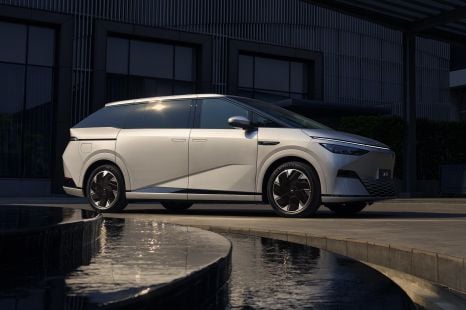

William Stopford
Will 2026 be the year of the people mover in Australia? China seems to think so
21 Hours Ago

Contributor
Australian ute and large four-wheel drive buyers are in line for price hikes if the Government’s proposed New Vehicle Emissions Standards (NVES) come into force next year.
That’s according to Toyota Australia vice president of sales and marketing Sean Hanley, who claims the Albanese Government’s preferred NVES – Option B – would punish “middle Australia” by forcing brands to raise the price of large four-wheel drives like the LandCruiser, and light commercial vehicles like the HiLux.
According to Mr Hanley, the fact Option B would see four-wheel drives such as the LandCruiser 300 and Prado judged by the same standards as passenger cars like the Corolla, and the harsh standards applied to utes like the HiLux, will lead to price hikes for Australian new car buyers.
Carmakers face penalties for every gram per kilometre of CO2 they are over the emissions cap, calculated across their entire new car fleets.
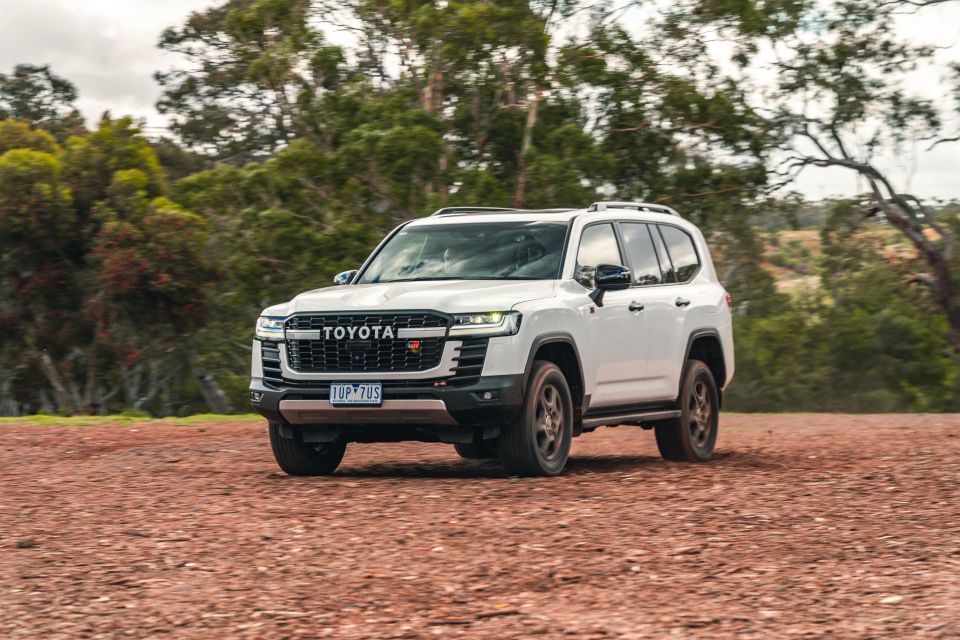
High emitting vehicles would need to be replaced with more efficient alternatives, or have their emissions offset by hybrids, plug-in hybrids, or electric alternatives from elsewhere in the range to bring the overall fleet average down.
Toyota argues low-emissions alternatives for vehicles such as the LandCruiser 300 – which are often used for towing, off-roading, and long distance drives – don’t yet exist, and says it can’t sell enough low-emitting hybrids and zero-emissions electric vehicles to offset the emissions from its large SUVs.
Although it sells a lot of hybrids (~40 per cent of its sales in January 2024, equivalent to ~7200 cars), Toyota is only now introducing its first electric car to Australia – and it expects to sell just 1500 examples in its first 12 months.
Faced with fines for exceeding the emissions cap, and the extra development cost associated with rolling out technology to clean up big vehicles, Mr Hanley says Toyota Australia has three choices.

The first is to pass the fines on to consumers in the sticker price of new vehicles, the second is to stop bringing high-emitting vehicles Down Under, and the third is to buy “credits” from carmakers with lower overall fleet emissions to offset your own surplus.
“If we were to be fined, the margins and the investments that go into developing these [low-emitting alternatives] is such that the customer would wear a good portion, if not all of it,” Mr Hanley said
“I just can’t imagine how you can absorb these massive fines – we’re not talking a couple of bucks here – if Option B goes through at the timing it’s proposed right now.”
The Albanese Government earlier this year announced its New Vehicle Efficiency Standard (NVES). It’s consulting stakeholders on its preferred model until March 4, 2024, before introducing legislation “as soon as possible”.
It aims for the new rules, which will affect new passenger and light commercial vehicles, to come into effect by January 1, 2025.
Car companies will be given targets for average CO2 emissions per kilometre across their vehicle fleets. Over time this CO2 target will move, forcing companies to provide vehicles with lower or zero emissions to meet stricter targets.
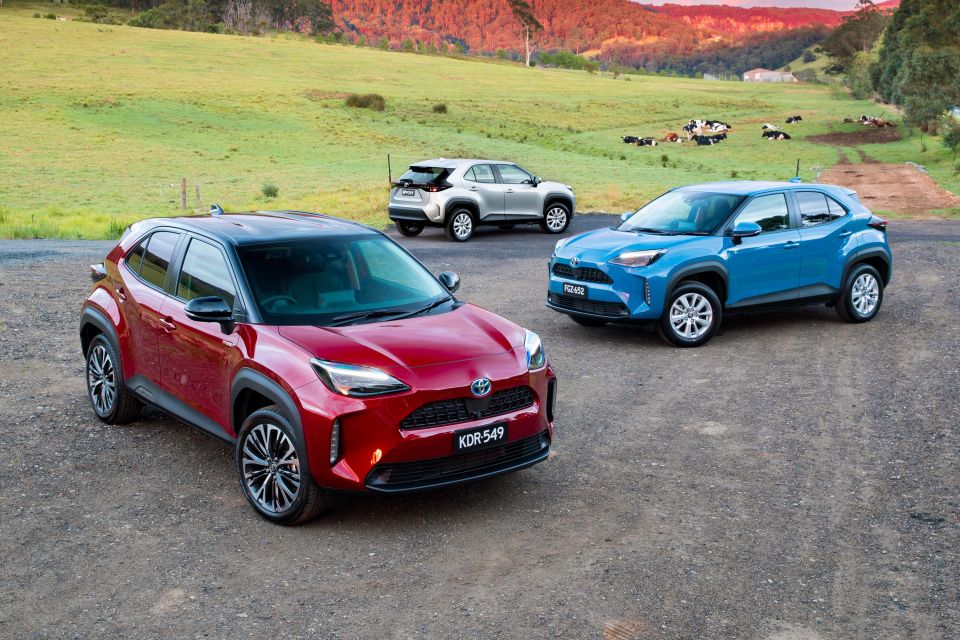
As with the Corporate Average Fuel Economy (CAFE) standard in the US, which has been in effect since 1978, companies can still sell vehicles with heavier fuel consumption. However, they’ll need to offset these vehicles with more fuel efficient models.
If companies meet or beat their CO2 target, they’ll receive credits. If they miss it, they can either trade credits with a different supplier, make it up over the following two years, or pay a penalty.
The Federal Government has presented three options for NVES in Australia – A, B, and C – which are in ascending order of severity. Option B is its “preferred” model, which it calls “strong, ambitious and achievable”.
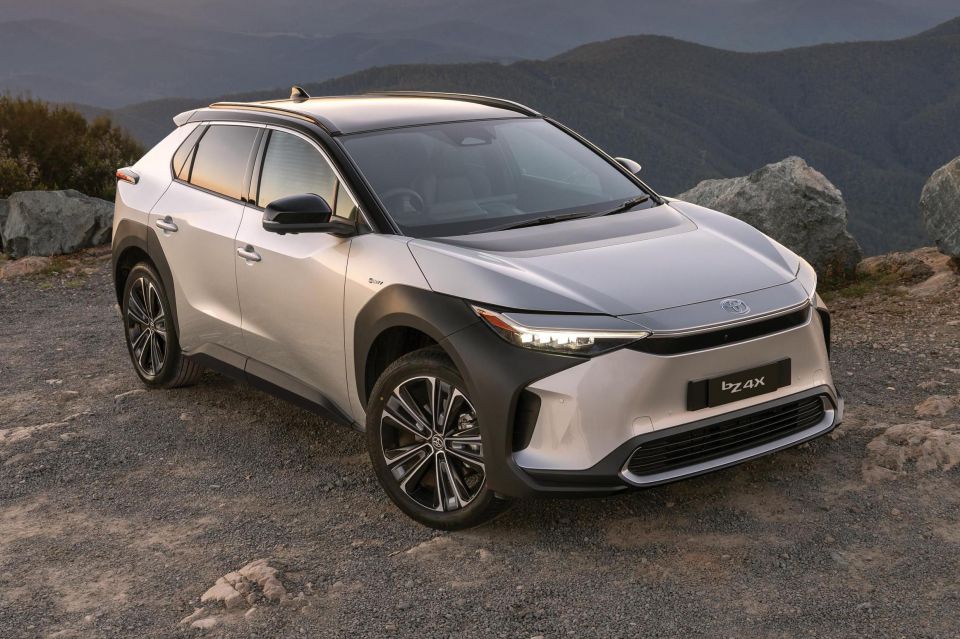
MORE: Australian fuel efficiency standards aimed at cutting petrol bills, ‘catching up’ with US
Under Option B, which is the Government’s preferred option, companies would be penalised $100 per gram/kilometre over their set CO2 target.
There would be two CO2 caps: one for passenger vehicles and all SUVs; the other for utes, large pickups and vans (LCVs).
It would target a total reduction in CO2 intensity between 2024 and 2029 of 61 per cent for passenger vehicles and 62 per cent for LCVs, with average annual CO2 reductions of 12.2 and 12.4 per cent, respectively.
According to Mr Hanley, the “proposed transition that we’re seeing right now, the timing of that transition, is too quick”.
“The trajectory is too steep, especially for large four-wheel drive SUVs and light commercial vehicles.
“It simply doesn’t recognise the technical hurdles, the lengthy time and the substantial cost that will be required to deliver commercial BEVs that are practical, that are capable and, above all, are affordable.
“In short, unless the final scheme is less aggressive, it will have a profound negative impact on regional and rural Australia. That will reverberate throughout the Australian economy.”
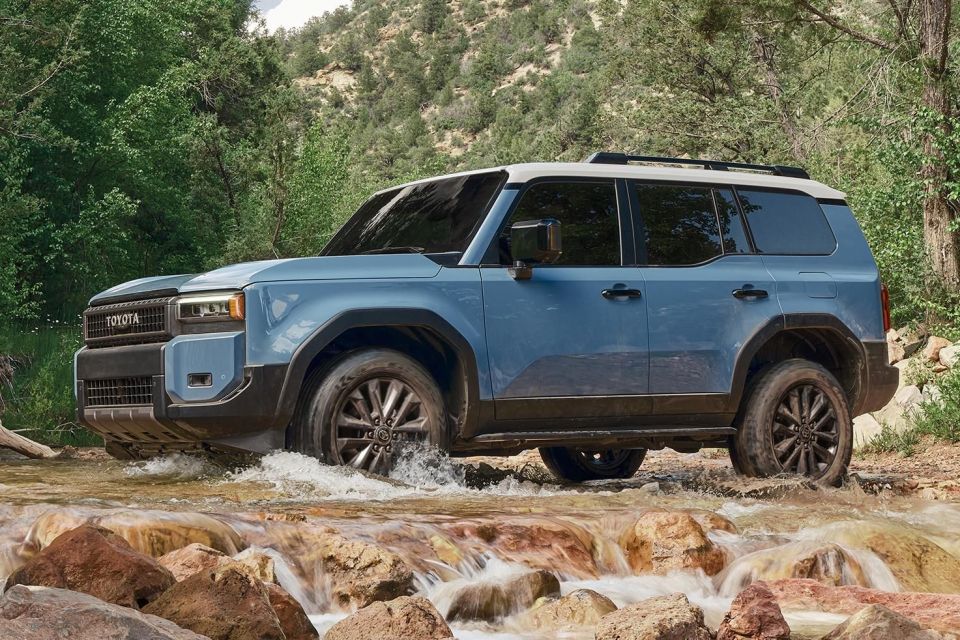
Toyota suggested a revised version of Option B, the Federal Government’s favoured proposal for the NVES, as its preferred alternative.
“I think Option B with some alterations to the timing of implementation and categorisation [of large SUVs], maybe even the credits, could be looked at,” Mr Hanley said.
“The only area of Option B that’s difficult is not for passenger cars, not for small SUVs, it’s the large SUVs; the re-categorisation of those vehicles into the passenger side of the market,” he told media.
“I put it to anyone who wants to listen: where are the alternative vehicles for those customers in the next two or three years that are affordable and capable of doing what they want to do? We just need time to make the adjustments.”
The Federal Chamber of Automotive Industries (FCAI) is the peak body for carmakers in Australia.
It has shared data claiming a Toyota LandCruiser would be slugged with a penalty of up to $13,250 under the 2025 CO2 target, with other popular models also facing penalties of several thousand dollars each.
The FCAI’s data on the top 20 best-selling cars in 2023 shows the credit or penalty they would incur in 2025 based on the lowest and highest CO2-emitting variants in their model ranges.
These penalties would be applied to the carmaker, and it would be up to them whether that is passed to the customer in the form of a price rise. These fines could also be offset by credits from low-emitting or zero-emissions cars within a brand’s showroom.
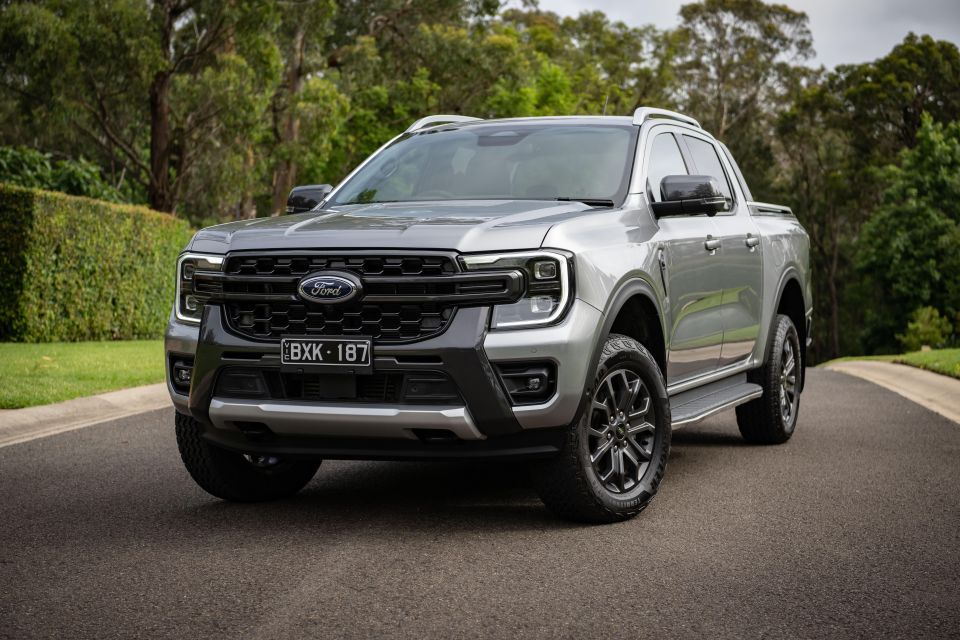
| Model | Lowest-emitting variant | Highest-emitting variant |
|---|---|---|
| Ford Ranger | $450 credit | $6150 penalty |
| Hyundai i30 | $1280 penalty | $7130 penalty |
| Hyundai Tucson | $1990 penalty | $5750 penalty |
| Isuzu D-Max | $1160 credit | $2030 penalty |
| Kia Sportage | $1220 penalty | $4810 penalty |
| Mazda BT-50 | $600 penalty | $2080 penalty |
| Mazda CX-3 | $1680 penalty | $2480 penalty |
| Mazda CX-5 | $150 penalty | $4460 penalty |
| MG 3 | $3280 penalty | – |
| MG ZS EV | $13,380 credit | – |
| MG ZS | $3080 penalty | $3880 penalty |
| Mitsubishi Outlander | $3350 penalty | $4090 penalty |
| Mitsubishi Outlander PHEV | $12,440 credit | – |
| Mitsubishi Triton | $2150 penalty | $8670 penalty |
| Subaru Forester | $1250 penalty | $3270 penalty |
| Tesla Model 3 | $15,820 credit | $15,940 credit |
| Tesla Model Y | $14,840 credit | $15,390 credit |
| Toyota Corolla (petrol) | $780 penalty | $1280 penalty |
| Toyota Corolla (hybrid) | $3620 credit | $2920 credit |
| Toyota LandCruiser | $8050 penalty | $13,250 penalty |
| Toyota LandCruiser Prado | $4960 penalty | – |
| Toyota RAV4 | $250 penalty | $2720 penalty |
| Toyota RAV4 Hybrid | $3410 credit | $3840 credit |
“Good public policy is created when there is transparency about the objectives and the underpinning assumptions about those objectives,” said FCAI chief executive Tony Weber.
“Obviously we hope there are changes to the proposed standards. If it goes through as formulated the impact on consumers will be enormous, particularly in two ways – the increased purchase cost of the vehicle and the availability of product in market segments.
“Consumers have two fundamental options – you can buy the vehicle that you want and if it doesn’t have the drive-train that meets the target as mooted you will pay the penalty.
“The second option is you could substitute where they’re available to a more sophisticated drivetrain that provides you with a better fuel efficiency. Typically in the future that will be EVs.”
The Electric Vehicle Council, a lobby group, has called on the FCAI to withdraw its “misleading” claims about car price increases.
“Anyone who knows anything about how efficiency standards actually work across the globe would recognise the FCAI’s public claims about price are not honest or credible,” said Electric Vehicle Council chief executive Behyad Jafari.
“You won’t hear any actual carmaker echo the FCAI’s claims because they know their credibility would be shredded if they did.
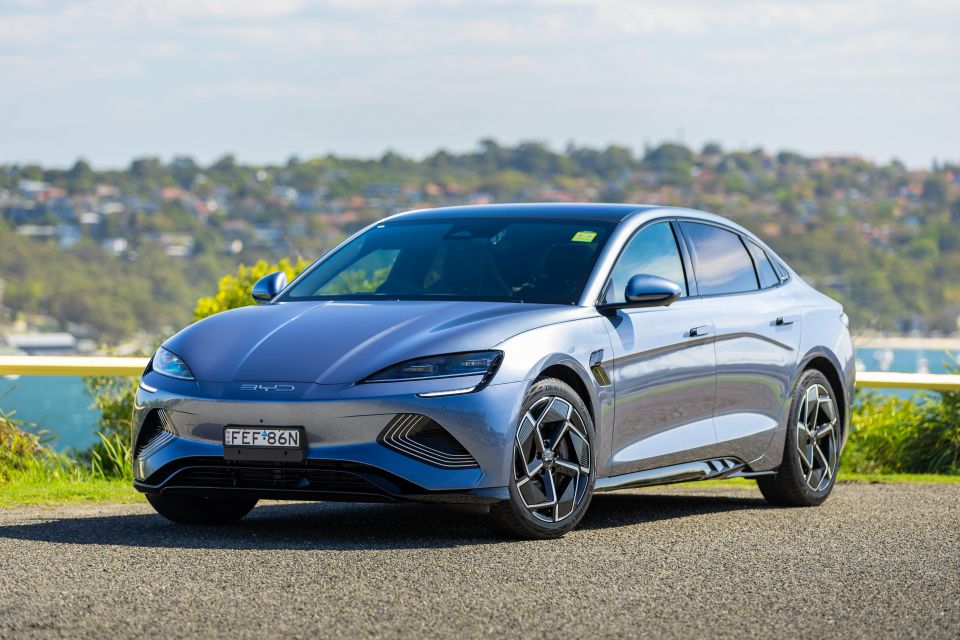
“This idea that carmakers would suddenly jack up prices by huge amounts is pure fantasy, and anyone objective will tell you this. The US has had efficiency standards in place since last century, and the number one and two cars sold in America last year were both big combustion engine utes, they just build them to be more efficient.
“The idea that any model would shoot up by any significant amount can only be supported if you base you modelling on completely unrealistic assumptions, which is exactly what we now see the FCAI has been doing.
“If the FCAI wants to lobby against New Vehicle Efficiency Standards I think that’s a strange decision, but it’s their prerogative. I just think anything they tell the public should at least be based on the same – admittedly still flawed – information they tell each other.”
MORE: Carmakers, lobby groups go to war over cost of emissions standards to new car buyers MORE: Volkswagen’s wish list for Australian emissions standards revealed MORE: Hyundai backs tough emissions standard for Australian new cars MORE: Mazda pumps the brakes on Australian efficiency standards, calls for subsidies MORE: Mitsubishi: Emissions standards can’t forget about ‘middle Australia’ MORE: Australian dealer body criticises tougher emissions standards MORE: What Australia’s biggest car brands have to say about tough new emissions standards MORE: Climate lobby backs Australian emissions standards, but data leaves more questions than answers
Where expert car reviews meet expert car buying – CarExpert gives you trusted advice, personalised service and real savings on your next new car.
Scott Collie is an automotive journalist based in Melbourne, Australia. Scott studied journalism at RMIT University and, after a lifelong obsession with everything automotive, started covering the car industry shortly afterwards. He has a passion for travel, and is an avid Melbourne Demons supporter.


William Stopford
21 Hours Ago


Max Davies
22 Hours Ago
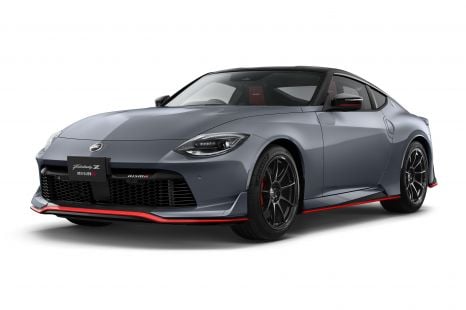

Derek Fung
23 Hours Ago
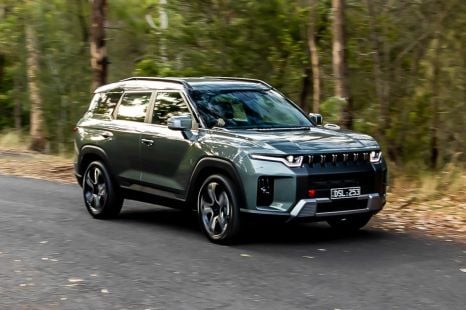

Matt Campbell
1 Day Ago


Ben Zachariah
2 Days Ago


Damion Smy
2 Days Ago